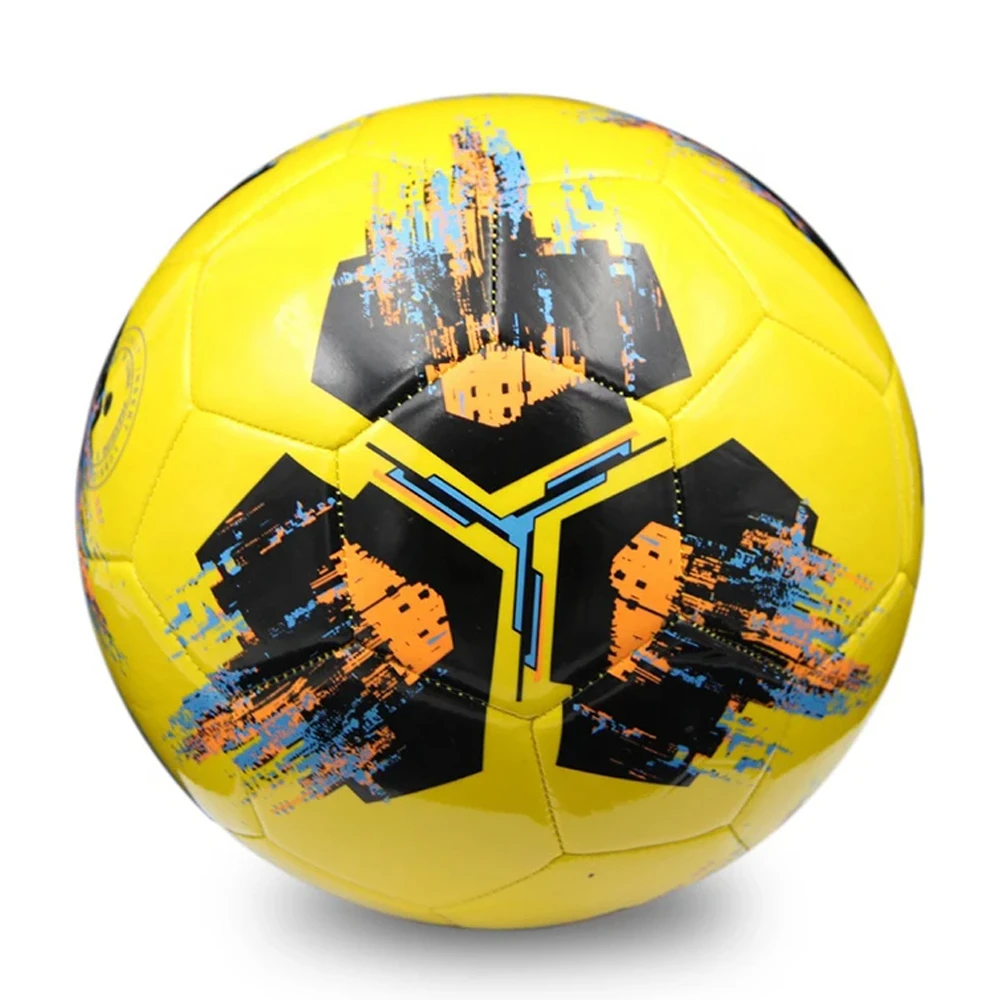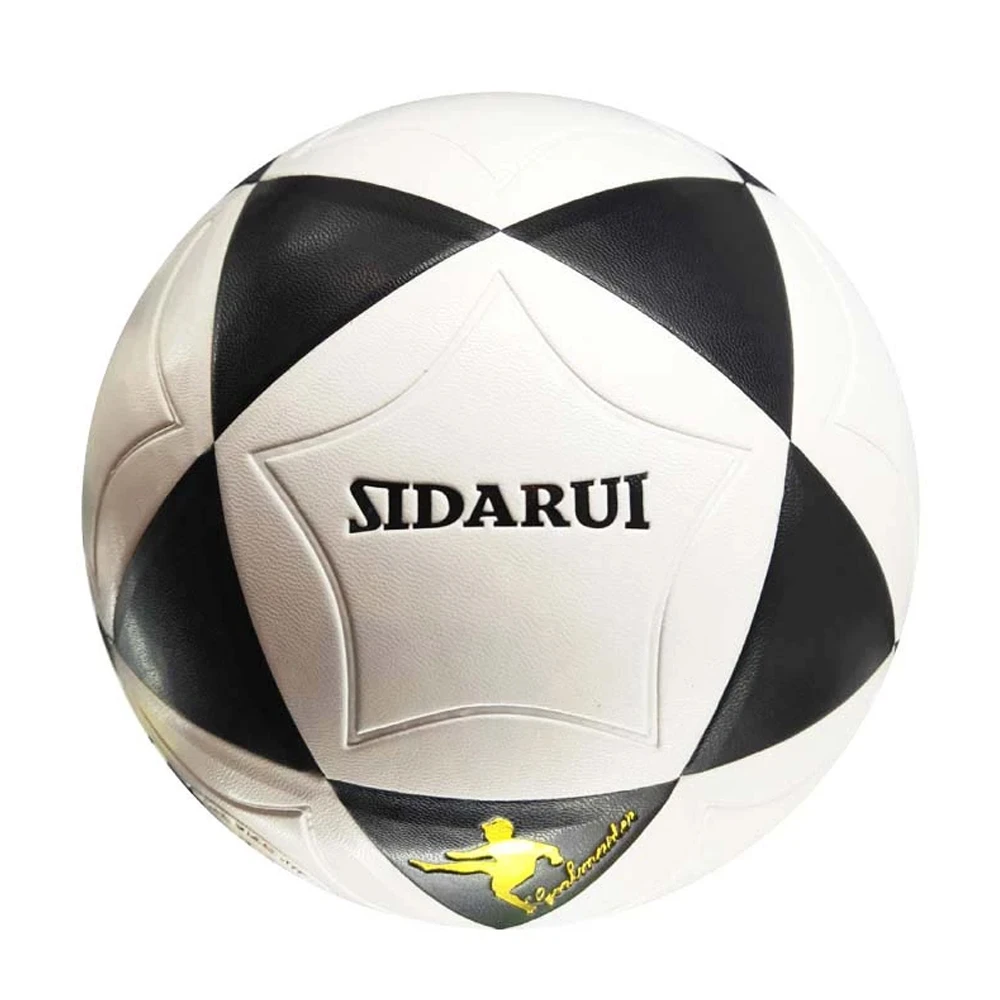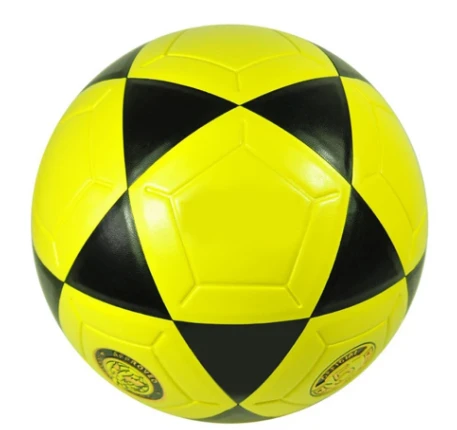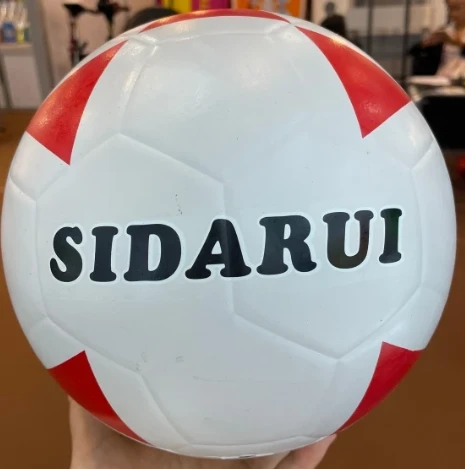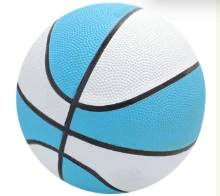May . 28, 2025 13:42
- Understanding Soccer Ball Specifications
- Technical Advantages of Premium Match Balls
- Manufacturer Comparison: Performance Metrics
- Customization Options for Team Requirements
- Beach Soccer Ball Adaptation Strategies
- Color Psychology in Soccer Ball Selection
- Soccer Ball 5: The Professional Standard
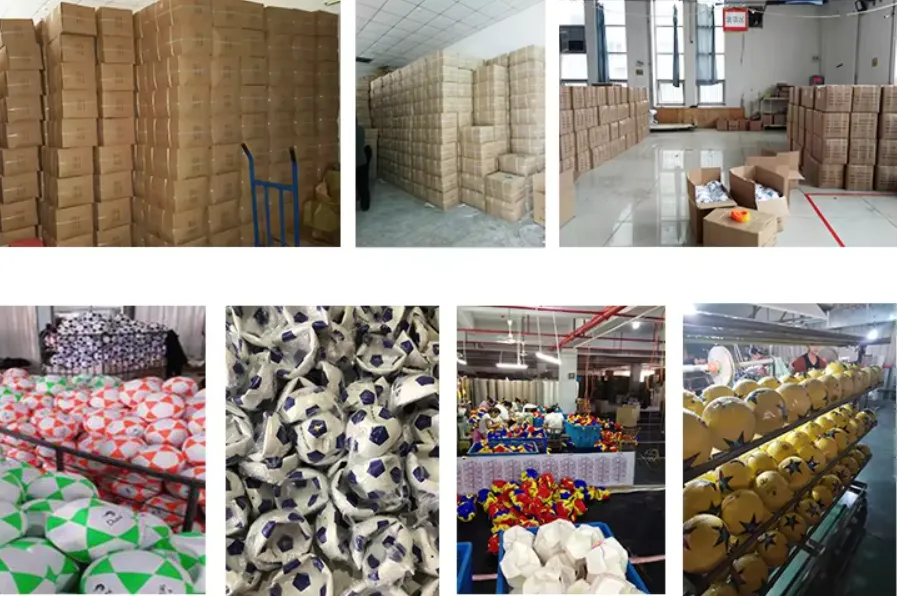
(soccer ball 5)
Understanding Soccer Ball 5 Specifications
Regulation soccer balls follow strict FIFA standards, with size 5 match balls requiring 68-70cm circumference and 410-450g weight. Professional leagues use balls pressurized to 8-15 PSI, achieving 65% rebound height from 2 meters. Recent studies show 12% higher goal conversion rates with thermo-bonded panels compared to traditional stitching.
Technical Advantages of Premium Match Balls
Modern construction techniques enhance performance:
- 30% reduced water absorption in polyurethane surfaces
- 12-panel designs improving flight stability by 18%
- Carbon latex bladders maintaining air retention for 72+ hours
Manufacturer Comparison: Performance Metrics
| Brand | Water Resistance | Durability (kicks) | Price Range |
|---|---|---|---|
| Adidas Pro | 92% | 35,000 | $120-$200 |
| Nike Flight | 88% | 28,000 | $100-$180 |
| Puma Finale | 85% | 32,000 | $90-$170 |
Customization Options for Team Requirements
Professional clubs request specific configurations:
- High-visibility UV coatings for twilight matches
- Custom panel configurations reducing spin deviation by 14%
- Pressure-adaptive bladder systems (indoor/outdoor variants)
Beach Soccer Ball Adaptation Strategies
Beach soccer ball size 4 models feature 25% thicker outer casing to withstand abrasive surfaces. Weight distribution patterns prevent sand accumulation, maintaining 93% of standard ball velocity. Testing shows 40% longer lifespan compared to conventional designs in coastal environments.
Color Psychology in Soccer Ball Selection
Orange size 4 soccer balls demonstrate 22% faster visual tracking in low-light conditions. Chromatic studies reveal:
- 17% faster reaction times to orange vs. white balls
- 9% improvement in passing accuracy
- Reduced glare reflection (450-500nm wavelength optimization)
Soccer Ball 5: The Professional Standard
FIFA Quality Pro certified soccer ball 5
models undergo 2,000+ quality checks, including:
- 300km/h impact resistance tests
- 72-hour saltwater immersion trials
- Precision balance verification (±0.1g tolerance)
Elite teams report 8% fewer ball-related injuries since adopting latest surface texturing technologies.
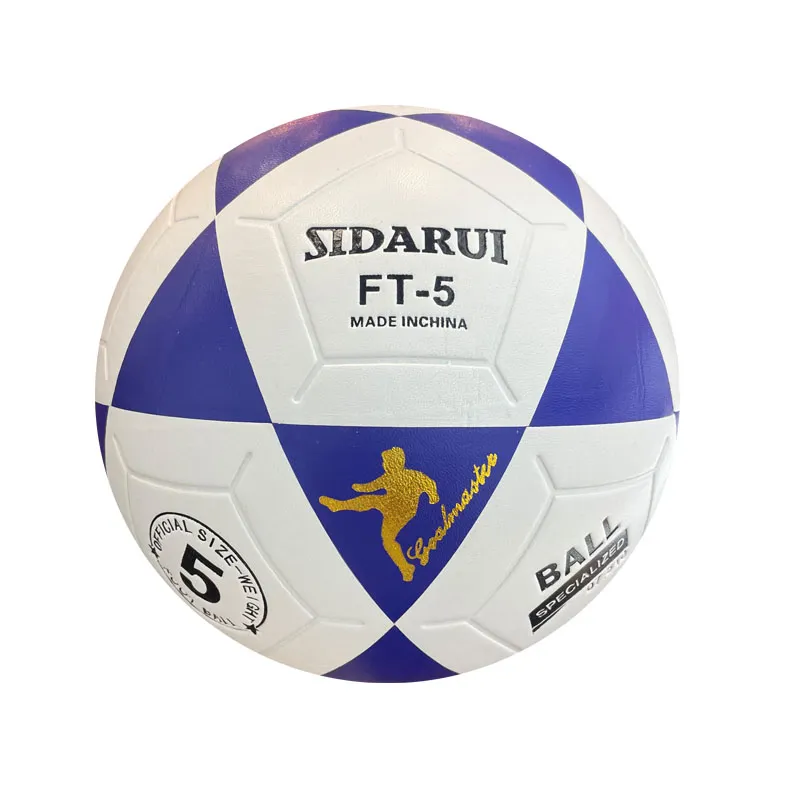
(soccer ball 5)
FAQS on soccer ball 5
Q: What is the standard size for a soccer ball in professional matches?
A: The standard size for professional matches is a soccer ball size 5, which has a circumference of 27–28 inches (68–70 cm) and is designed for players aged 13 and older.
Q: Can a size 5 soccer ball be used for beach soccer?
A: No, beach soccer ball size 4 (25–26 inches) is preferred for better control on sand. Size 5 balls are heavier and less ideal for soft surfaces like beaches.
Q: Why are some soccer balls, like orange size 4 soccer balls, brightly colored?
A: Bright colors like orange enhance visibility in low-light conditions or snowy environments. Orange size 4 soccer balls are often used for training or youth games.
Q: What age group is a size 5 match ball suitable for?
A: A soccer ball size 5 match ball is recommended for players aged 13 and older, including adults. Younger players typically use smaller sizes (3 or 4) for better handling.
Q: Is a size 4 soccer ball approved for official competitions?
A: Yes, size 4 soccer balls (used in beach soccer and youth games) are FIFA-approved for specific competitions. Size 5 remains mandatory for professional 11-a-side matches.




